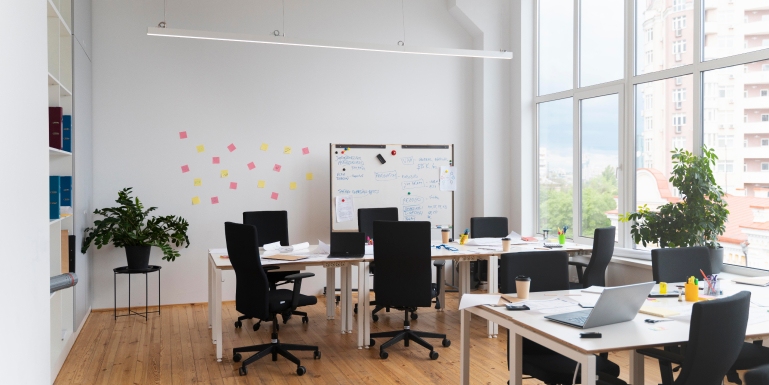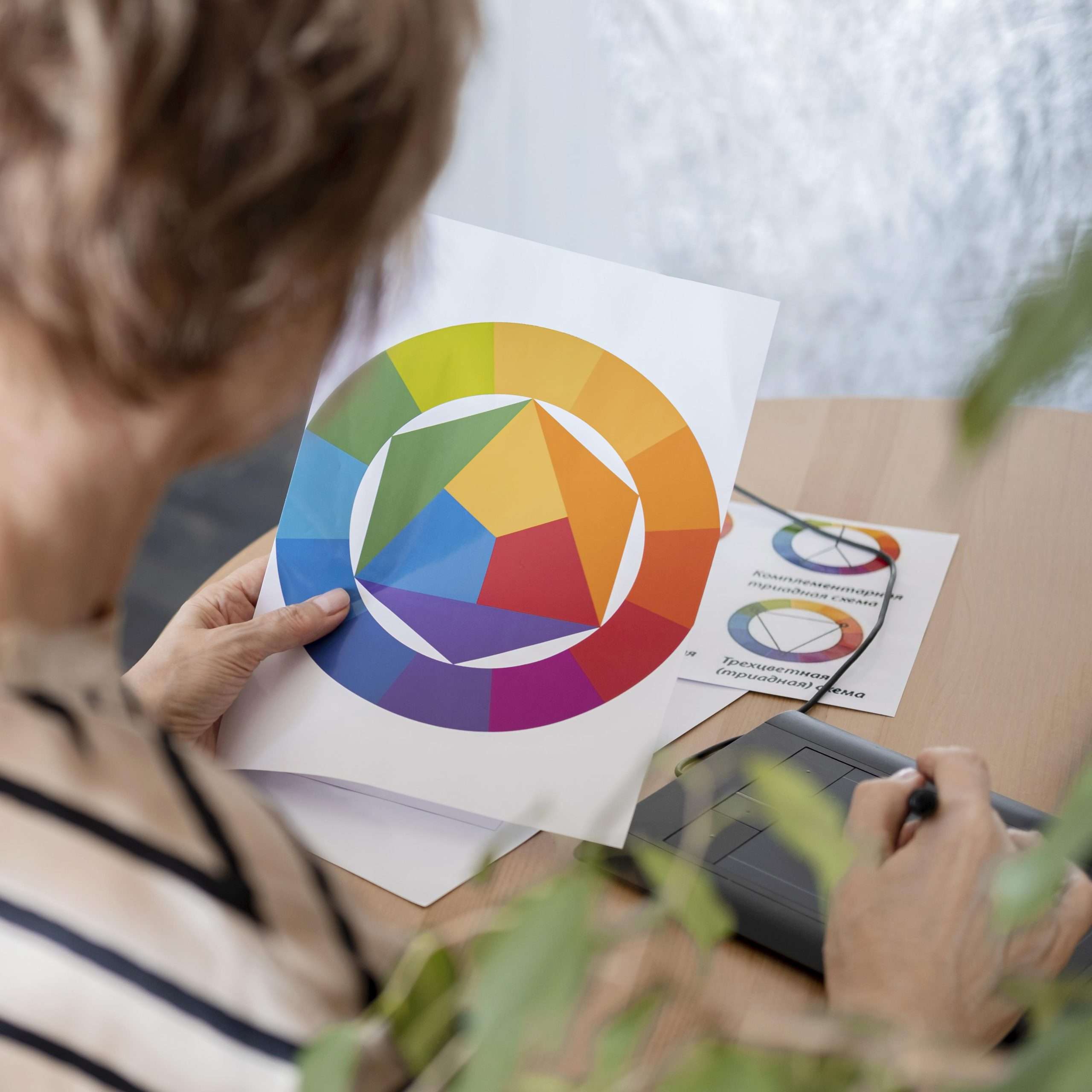Introduction:
In our rapidly evolving corporate world, the design of office spaces plays a pivotal role in influencing productivity and employee wellness. Embracing minimalism, which prioritizes simplicity and functionality, is gaining traction as a method to forge serene and uncluttered environments that boost focus and operational efficiency. This blog delves into the fundamental aspects of minimalism and offers actionable advice on weaving this style into corporate office designs.
Understanding Minimalism:
Minimalism extends beyond mere aesthetics in office design—it represents a conscious decision to eschew the superfluous in favor of essentials. This approach advocates that minimalist surroundings can diminish distractions and enhance mental clarity. Its key tenets include embracing simplicity, adopting clean lines, and utilizing a monochromatic color scheme, all while thoughtfully incorporating textures and materials to foster calm and order.
Benefits of Minimalist Office Design:
- Increased Productivity: The reduction of clutter and unnecessary elements allows employees to concentrate better on their tasks.
- Enhanced Creativity:A tidy space can nurture a clear mindset, conducive to innovative thinking and effective problem-solving.
- Stress Reduction: Clutter is often linked with increased stress; minimalist spaces counteract this, offering a more tranquil office setting.
- Improved Communication:An open plan layout with fewer physical barriers can enhance interaction and collaboration among team members.
What Is a Minimalistic Office?
A minimalist office is a streamlined workspace, equipped solely with essentials to foster work efficiency and comfort. Here, simplicity, functionality, and high-quality elements overshadow transient trends. The goal is to pare down to the basics—limited materials, clean lines, and muted tones without frills. However, minimalism isn’t about emptiness but about reducing to the essentials to enhance space utilization and possibly boost productivity.
Key Characteristics of a Minimalist Office Space:
- Functionality and Efficiency: Interiors emphasize practicality and operational efficacy.
- Simplicity in Design: Features clean lines and basic geometric shapes.
- Monochromatic and Cohesive Color Schemes: Typically monochrome, occasionally punctuated with a splash of color.
- Smart Spatial Management: Clever use of space and natural light to create an open, airy feel.
- Selective Material Usage:A restrained selection of materials supports sustainability by minimizing waste.
Top 5 Design Tips for a Minimalist Office:
- Simplify Your Color Scheme:Stick to calming neutrals or soft earth tones. Incorporate an accent shade for a subtle pop of color if desired.
- Balance and Proportion: Ensure that furniture and decor harmonize with the room’s dynamics, maintaining visual harmony and clear pathways.
- Maximize Space:Use smart, space-efficient furniture and storage solutions to keep the environment open and uncluttered.
- Strategic Lighting:Employ a mix of ambient and task lighting. Consider minimalist fixtures that accentuate rather than dominate.
- Establish a Focal Point:Introduce a standout element in your design to draw attention and inject personality into the space without overwhelming it.
Adopting minimalism in corporate office design transcends mere trend-following; it’s about crafting spaces that resonate with the principles of clarity, functionality, and simplicity. By integrating minimalist design principles, businesses can create aesthetically pleasing and health-promoting work environments. Begin with small changes and gradually evolve your office into a beacon of modern efficiency and style. For expert guidance and personalized design solutions that embody these principles, consider partnering with The Interior Design, where we transform your vision into a reality.






